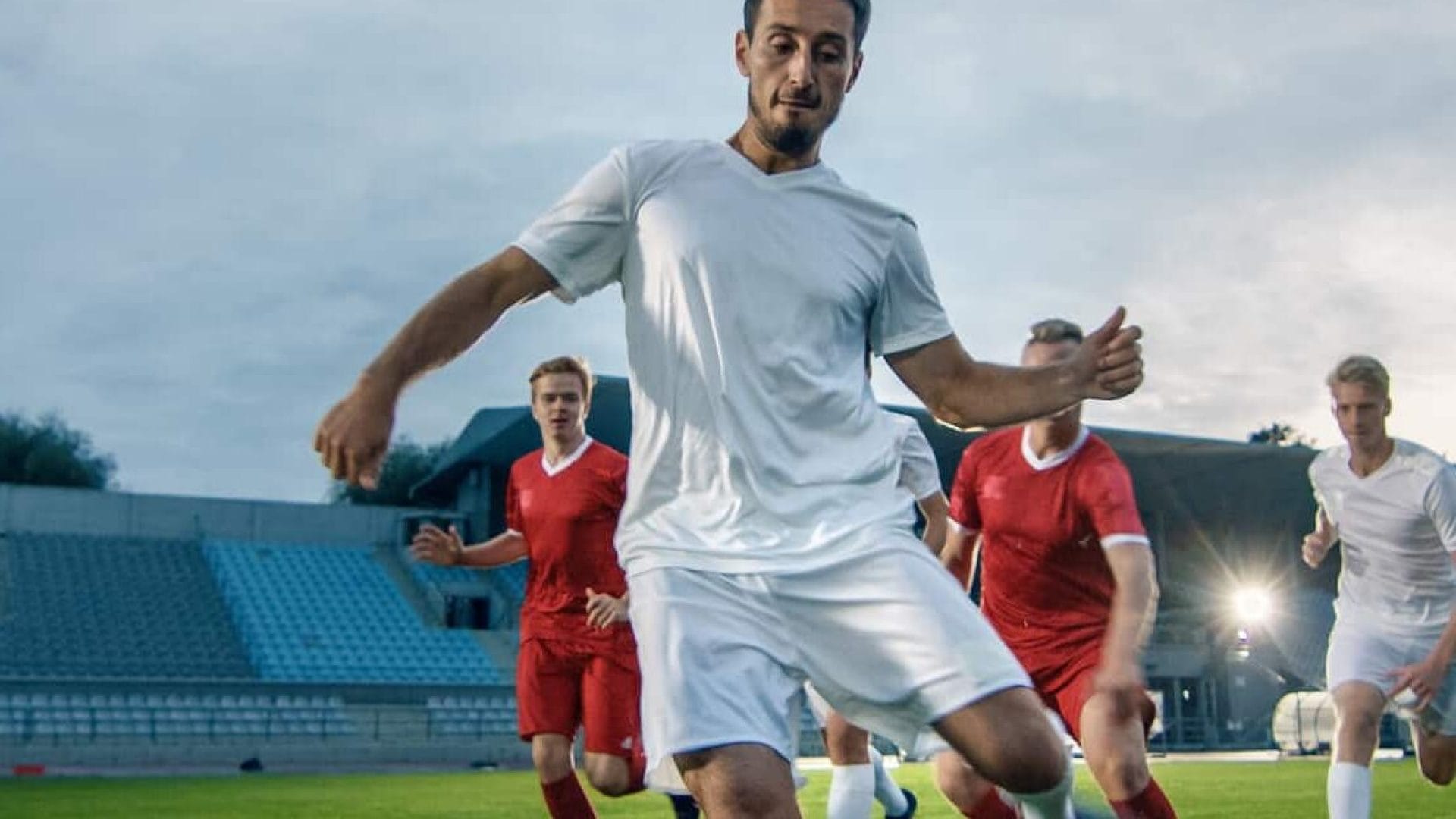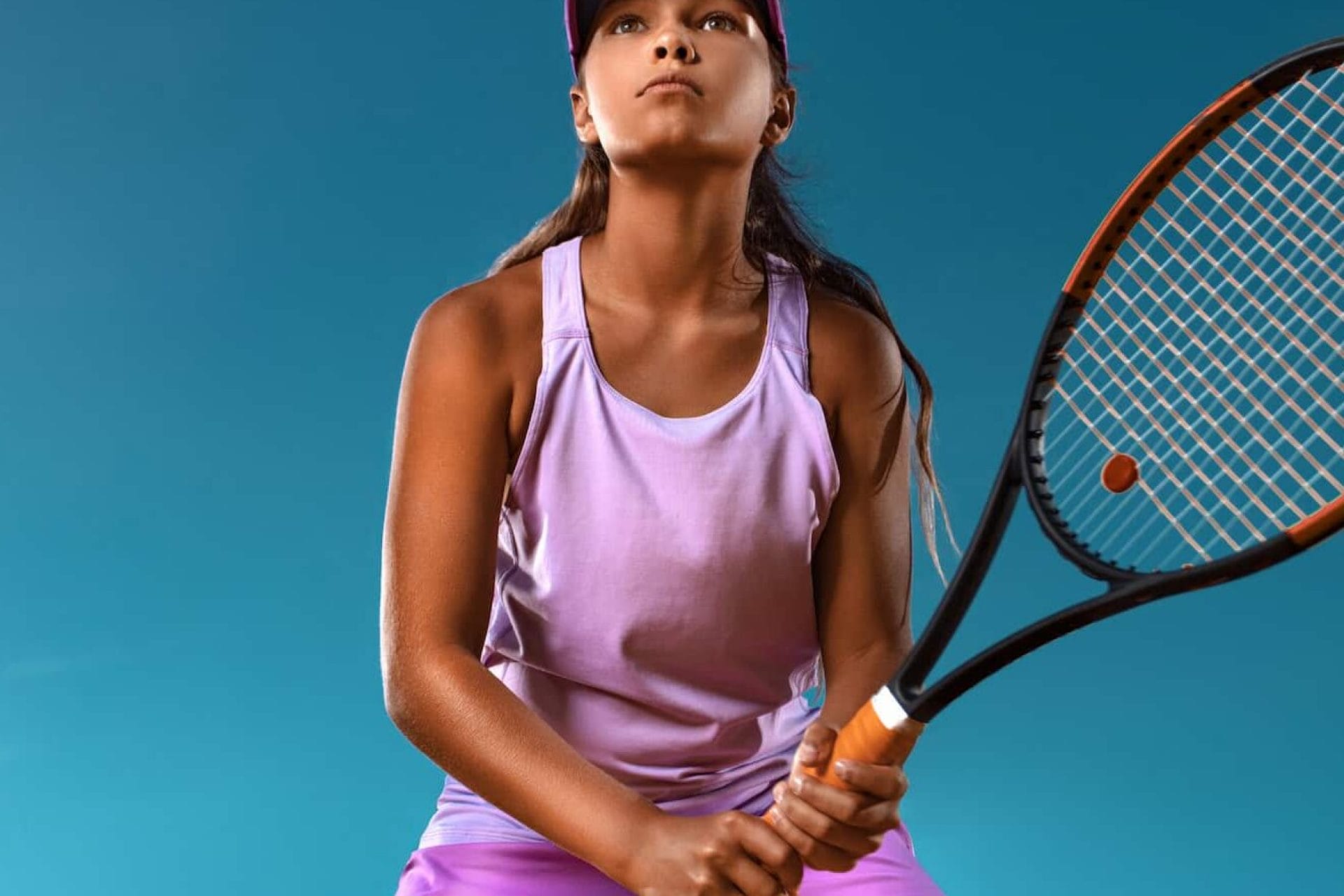Football (soccer) is the most popular team sport in the UK and internationally. Amateur leagues are almost as keenly followed as the professionals. Football requires physical fitness involved in running as well as the ability to withstand contact, particularly to the legs. The sharp turns and pivoting on one leg places huge strains on the knees, therefore knee ligament injuries are common, with the most common ligament injured being the ACL. It is generally impossible to return to the same level of football following an ACL rupture, therefore early reconstruction is recommended. Muscle and tendon injuries where the muscle attaches to bone are also common, with groin and hamstring injuries being the most common. These can become chronic if not managed appropriately from the time of injury. The forces of sudden twists and turns place huge strain on the ankles, thus ankle ligament injuries (sprained ankle) occur commonly. Ankle sprain may not be entirely minor and some can lead to chronic ankle instability (repeated ‘giving way’ of the ankle). Foot and toe injuries are frequent. ‘Turf Toe’ is related to footwear and particular grounds. Arm injuries are less common in football but can occur with falls. Goalkeepers are prone to shoulder injuries and finger injuries
Rugby union is a full contact sport, where not only stamina and speed is required, but upper body strength and resilience is essential. The different team positions are prone to slightly different injuries. Shoulder and knee injuries are most common. Knee injuries are similar to football with the ACL being the most frequently injured. Shoulder dislocations are particularly disabling and early surgical repair should be considered. With repeated tackling and falling the shoulders suffer significant trauma which results in Acromioclavicular joint injuries, Labral injuries, Internal impingement and tendon ruptures. Rugby players are also prone to throwing injuries of the shoulder and elbow. Repetitive elbow trauma can result in early degeneration and loose bodies with a clicking, locking and painful elbow joint. Hand and foot fractures are a result of the contact nature of the sport. Neck and spinal injuries are very rare and have become less frequent due to the changes in the rules to protect players from serious neck injuries.
Rugby league is also fast and explosive, but has smaller scrimmaging than rugby union. Therefore the injuries sustained by the forwards and the backs is less different. Shoulder and knee injuries are most common. For more details see Rugby Union. Repetitive shoulder straining leads to varying degrees of shoulder dislocations, so that although your shoulder does not frankly dislocate it may be unstable enough to cause discomfort, weakness and pain. This may be called internal impingement and differs from subacromial impingement and Acromioclavicular joint pain. Hand and foot injuries are also common.
We have all witnessed horrific accidents in motor sports and these can lead to major fractures and trauma. However, racing drivers are also prone to repetitive and less dramatic injuries. Motorcyclists commonly injure their knees, shoulders and ankles as a result of repeated less severe falls and knocks.
For details on Motor Sports Safety see http://www.benchapman.com/project/current1.html
Athletes are prone to soft tissue injuries of the Upper and Lower limbs, particularly of the muscles and tendons. The most commonly affected are: Thigh Muscles, Hamstrings, Kneecap (Patella), Calf muscles, Achilles tendon, Shoulder Rotator Cuff and scapular muscles.
Ballerinas appear to have less leg strength than other groups of athletes, having only 77% of the weight-predicted norms. However, they have more flexibility and agility. The unique flexibility and mobility of ballet dancers makes them prone to specific injuries, particularly around the hip joint (10% of ballet injuries), knees (20%) feet and ankles. Patellar problems of the knee are common and need specific treatment to return dancers to their previous level of performance. The young age at which serious dance training begins, the long and rigorous hours of practice, the thin ballet slipper and dancing en pointe all contribute to injury patterns in varying degrees. This all needs to be appreciated and managed holistically.
The most common injuries in Basketball are ACL injuries of the knee, ankle injuries and finger injuries.

Injuries to the knee are common in cricket, including meniscal tears, damage to the lining surface of the knee, ligament injuries including ACL tears and patella dislocations.
Golfers are prone to back injuries due to the large bending and twisting forces on the spine in the golf swing. Knee injuries can also occur due to twisting forces (like Tiger Woods).
Each year, almost 67,000 hockey-related injuries to youths under age 15 are treated in hospitals, doctors’ offices, clinics, ambulatory surgery centers and hospital emergency rooms. Protective equipment is one of the most important factors in minimizing the risk of injury in hockey. Injuries occur from direct contact and indirect injury with a wide range of injuries occurring in Hockey.
Like rugby, the martial arts also has a injury rate of about one per 50 hours of individual participation, although rugby injuries probably tend to be more catastrophic. Injuries primarily consist of bruises, strains, sprains, and lacerations. However, joint dislocations are seen and knee injuries. The fairly high injury rates – especially among women – suggest that martial arts participants should embark on a programme of overall conditioning and muscle strengthening before they actually begin intensive martial arts training.
The exhilaration of this sport can engender an exaggerated sense of confidence!! Unfortunately this can result in serious limb injuries particularly to the knee, ankle, tibia (the main load bearing bone of the lower limb) or to the fibula (lower limb, ‘supporting strut’ ) These are often secondary to the twisting forces encountered in falls while the foot is anchored in skis. Upper limb injuries are the consequence of attempting to moderate the impact of falls and commonly involve the scaphoid and other wrist bones. Skier’s thumb is also recognised whereby there is disruption of the ligaments supporting the digit resulting in instability.
The high speeds involved in this sport may put the participant at risk of significant rotational lower limb injuries, particularly twisting injuries to the knee and ankle, compounded by the limb being fixed in a ski. This is of special relevance to skiers using jumps at speed and then landing symmetrically.
Adductor injuries to the origin of the inner lower limb tendon may result from similar forced movements particularly if there has been a misjudgement in ascending a ramp at high speed.
Rotator cuff shoulder injuries are common in tennis players. The condition of ‘tennis elbow’ an inflammation of a tendon origin is also well recognised. The forceful stretching involved in delivering ‘the serve’ can precipitate back pain and abdominal muscle tears. Finally, attempts to reach the ball ‘off balance’ may result in a fall. The ankle appears to be a common site of injury in this scenario.

